Dialogue of the Deaf
The Government and the RBI
TCA Srinivasa Raghavan
Tranquebar Press, 2017
pp.308. Price: Rs.599.
The title of the book says it all. It is jarring
and in your face. It is casual and conversational. The objective of the book is
to make RBI “easily accessible to the lay reader” (inside jacket). There
is a style that makes complex things accessible, a narrative style that is
bereft of jargon; a style that flows smoothly. However, if one were to look at
a breezy, interesting account of how the central banking evolved in this
country, this is not the book.
TCA Srinivasa Raghavan (TCA) hedges his bets by
putting a request in the Preface: “.. don’t nitpick. Instead, just read and
get a sense of it all”. What if, the book is an invitation to nitpick? If
(according to TCA) the official history of RBI published in four volumes is
boring, then there were interesting ways of addressing that.
That alternative style would flow according to a narrative
choice, usually on a chronological basis with digressions into the past or the
future to illustrate a point or to bring in the consequence. A chapter plan and
a sequence of chapters which convey the drift of the narrative. If the author
is at a loss to give titles to the chapters, we really wonder where this is
headed.
In a book on history, with verifiable records and
access to archives, there is no playing around with facts. There could be an
element of drama as we have seen in Tamal Bandyopadhyay’s book on Sahara. Historical
accounts are expected to provide a perspective on why and how these events have
shaped the present and give us the benefit of hindsight to look at the past
more objectively.
TCA’s style is that of a cricket commentator, getting
excited by the here-and-now of the events. He puts his heart into his writing
and describes events with great passion, slipping in his two bits. For
instance, SS Tarapore is repeatedly referred to as “one of the greatest central
bankers India has produced” (p.18, p.44) but he does not describe the contributions
of Tarapore that justifies the tributes.
TCA is casual about facts as well. In discussing the
creation of the State Bank of India, he says “The government agreed. It also
took over the RBIs stake in the newly created State Bank of India to prevent
any conflict of interest between the banking regulator and the bank” (p.80).
Later, discussing Governor Reddy’s failures he says: “transfer of ownership
of SBI to the government from RBI – for which RBI was made to pay!” (p.241).
So, when did the RBI let go of its shareholding in SBI?
And this casual writing: “Like Reddy, Subbarao
was also from the Andhra Cadre of IAS but unlike Reddy who had a PhD in
economics, his training had been in physics…” (p.205) and then “Like
Reddy he (Subbarao) too was from the Andhra Cadre and held a PhD in economics”
(p.247). Andhra Pradesh becomes Andhra, and Subbarao alternates as a Physicist
and an Economist.
In 1997, the RBI in response to what was then
called the CRB scam tightened the regulation of non-banking finance companies
(NBFC), making it mandatory of all NBFCs to register and get a licence; imposed
capital requirements and prohibited NBFCs from accepting public deposits unless
they met some capital and rating criteria. However, without much discussing the
events that lead to the NBFC regulations makes this statement: “It went on
like this till 1997, when the RBI finally delivered the coup de grace saying
the NBFCs could take only very small deposits. No one was fooled that the entire
effort had been aimed at protecting the inefficient and sometimes corrupt
public sector banks.” (p.134)
Having nitpicked we can now get the “sense of it
all” (Preface). If there is one underlying takeaway on the relationship of
RBI with the government, it is about leadership. Depending on the style of the
Governor, and the finance minister, the RBI alternates between a division of
the finance ministry, and an autonomous authority.
TCA brings this out when he poignantly asks how
many Governors use “we” as against “I” when referring to decisions and
policies. But TCAs himself is a victim of this as he structures his narrative
around the Governors. We, for instance, do not get to know how the internal
structure of RBI evolved. Were there independent internal voices in the RBI
like Tarapore, Usha Thorat, Shyamala Gopinath and Rakesh Mohan – all referred
in the passing – who could constrain the Governor to ensure that an onslaught
from the government was resisted? What is the advice that the governors get? From
whom? How has that evolved?
The book gives an impression that managing RBI is
largely a turf war between the Governor and the Ministry of Finance, and
Governors like Reddy “dribbled past” “Jaswant Singh whose knowledge of
economics bordered to nil”, but it became difficult with people like P
Chidambaram “who knew the ministry and RBI and was a master of detail and
had a clear understanding of issues” (p.239).
An potentially important book, with much access to
archival material and several side stories is lost in a double whammy – the
casual style of TCA and the non-existence of an editor. In the turf war between
an aggressive author and a docile editor, the editor has lost. And thus, we have
lost an important book on the history of RBI that could have been narrated from
an independent, unbiased and uncluttered mind.



































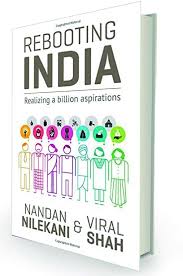








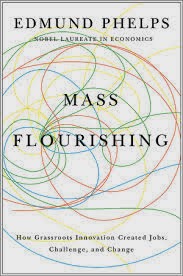









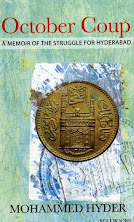

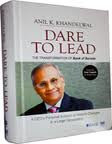
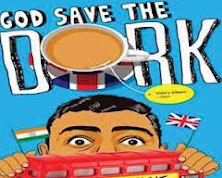








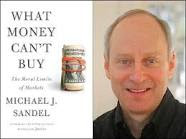


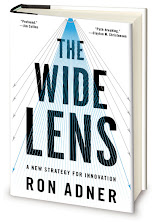

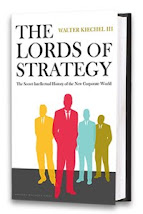











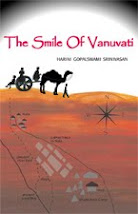


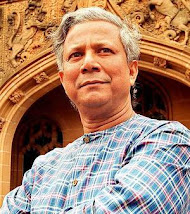
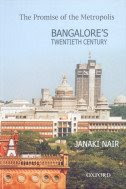







![Hyderabad: A Book [or two] and A Movie](http://3.bp.blogspot.com/_mxWA9ZVkKhQ/S0vnLAO90CI/AAAAAAAABYM/WgbSbAcAaEk/S214/luther1.0.jpg)

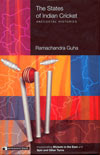





![Two Lives [and this is not about Vikram Seth]](http://1.bp.blogspot.com/_mxWA9ZVkKhQ/S0vjkyDYRvI/AAAAAAAABXM/mJGK-_gZiNg/S214/mansur.jpg)




